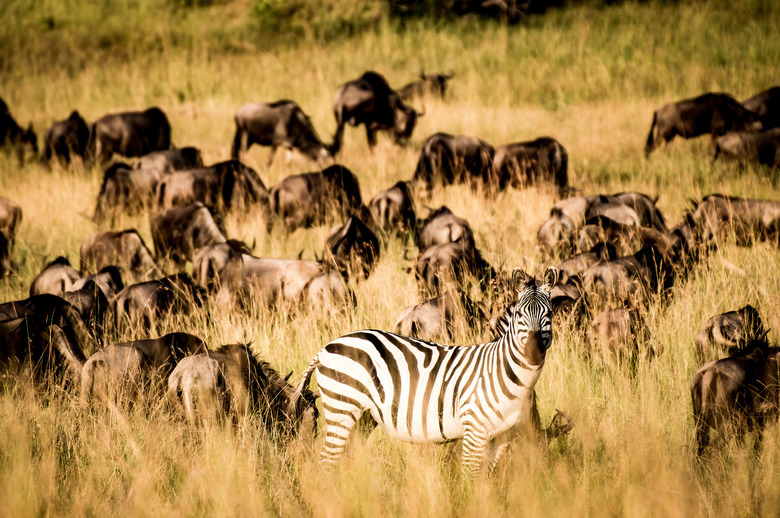Mesmerizing Video Shows The World's Largest Land Mammal Migration In Stunning Detail
A first-of-its-kind aerial survey of wildlife in South Sudan has helped confirm the world's largest land mammal migration, and now we've even recorded evidence of it. The survey focused on the Great Nile Migration, which includes roughly six million antelope. The survey is part of an ongoing partnership between the government of South Sudan and various African Parks to better understand the movements of the animals through the landscape for conservation means.
The results of this large-scale aerial survey have done more than confirm the migration. They'll also help us develop ways to ensure that conservationists can deliver sustainable actions for both the people and wildlife within the affected areas. South Sudan is especially rich in biodiversity, and it boasts a variety of different animals.
The survey, which captured the video of the largest land mammal migration scientists have ever seen, covered an area of roughly 122,774 km2, the researchers say. That's a massive area, and the results of the survey reveal a staggering amount of data about how the animals move through the area, which features tons of complex landscape.
One reason understanding migrations of this type is so important is that it can help conservationists protect against poaching. Poaching continues to be a massive issue, and we've seen scientists turn to drastic measures to help cut down on the danger displayed towards some of these animals—some have even started making radioactive rhino horns to dissuade poachers from attacking rhinos.
Being able to point toward actual footage of the largest land mammal migration and learn from the movements of the more than six million animals that make up the migration will undoubtedly be a huge boon for conservationists and scientists alike. It could also unlock new insights into other migrations around the world, helping conservation efforts in other places, too.
